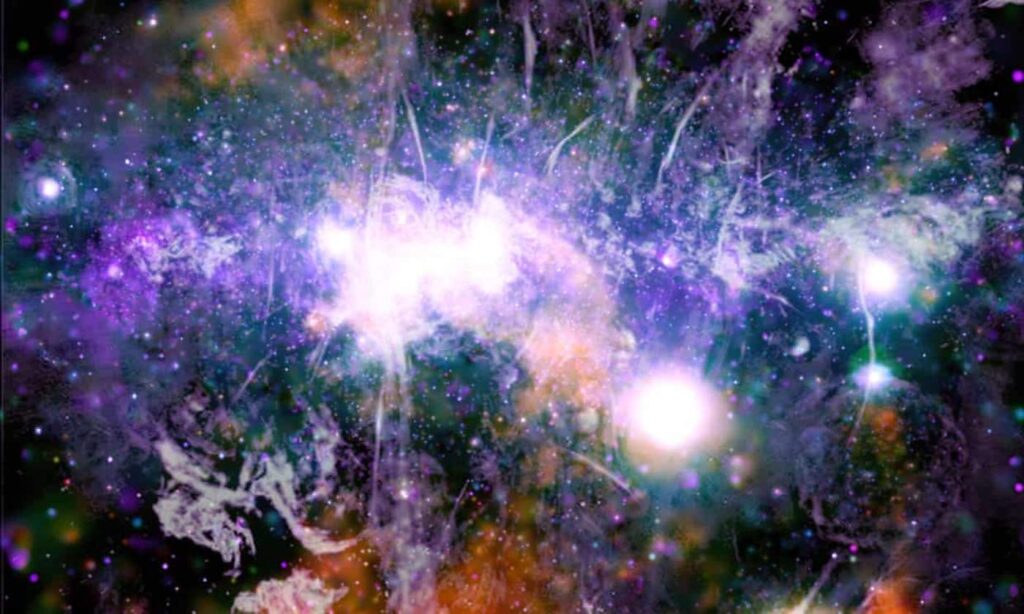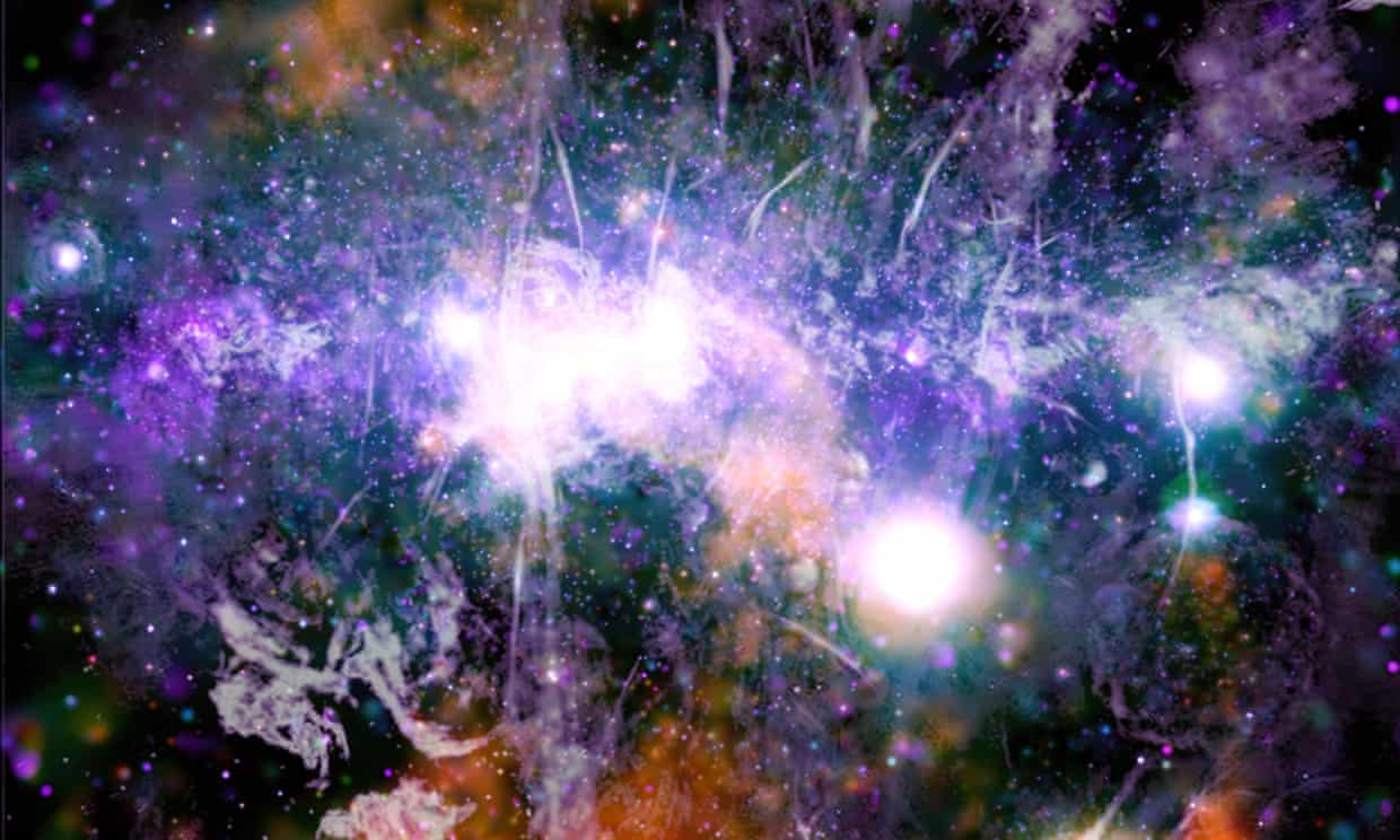
An international team of scientists has recorded a sound that came from the supermassive black hole at the center of our Milky Way galaxy, stemming from an event around 200 years ago.
The sound was emitted during an intense period of activity as the dark hole known as Sagittarius A* (pronounced ‘Sagittarius A star’) stirred from a state of dormancy, gobbling up gas and dust.
The team, led by Frédéric Marin, a CNRS researcher at the Astronomical Strasbourg Observatory in France, has revealed the past awakening of this gigantic object, which is four million times more massive than the Sun.
At the beginning of the 19th century, over a period of one year, the black hole gobbled up cosmic objects that got a little too close to it, before once again entering a state of quiescence.
No effect was felt on Earth, as the distance between Sgr A* and our planet is too great (about two billion times the distance from the Earth to the Sun).
However, the X-ray echo detected and published this week in the journal Nature, reveals that the original intensity was at least a million times greater than the frequencies currently being emitted by Sgr A*.
“To get an idea of the increase in intensity of the X-ray emission when the black hole emerged from its quiescent state, it is as if a single glow-worm hidden in a forest suddenly became as bright as the Sun,” the team said in a news release.
“These findings explain why galactic molecular clouds near Sgr A* are shining more brightly than usual: it is because they are reflecting the X-rays emitted by Sgr A* 200 years ago.”
To carry out their research, the scientists used NASA’s IXPE (Imaging X-ray Polarimetry Explorer) satellite3, which was for the very first time able to detect the directional polarization of this X-ray light with great precision and also determine its source, something that had previously proved impossible.
Rather like a compass, the polarized X-ray light points directly to its source, Sgr A*, even though the latter is now virtually extinct. The scientists are continuing their work on Sgr A* to try to determine the physical mechanisms required for a black hole to switch from a quiescent state to an active one.
RELATED: Astronomers Detect Radio Pattern ‘Like a Heartbeat’ From a Galaxy Far Away
Listen to the sonification of the detected echo from 200 years ago below…
SEND the Echo From 200 Year-old to All Your Old Friends on Social Media…





















It’s sad that they make the “fake music” so dang loud & you really can’t hear the “echo”.
I feel sad that I can’t truly hear it.
*sigh*
It’s silly to make the background music so loud.
They shouldn’t put it on there at all.
Just my opinion.